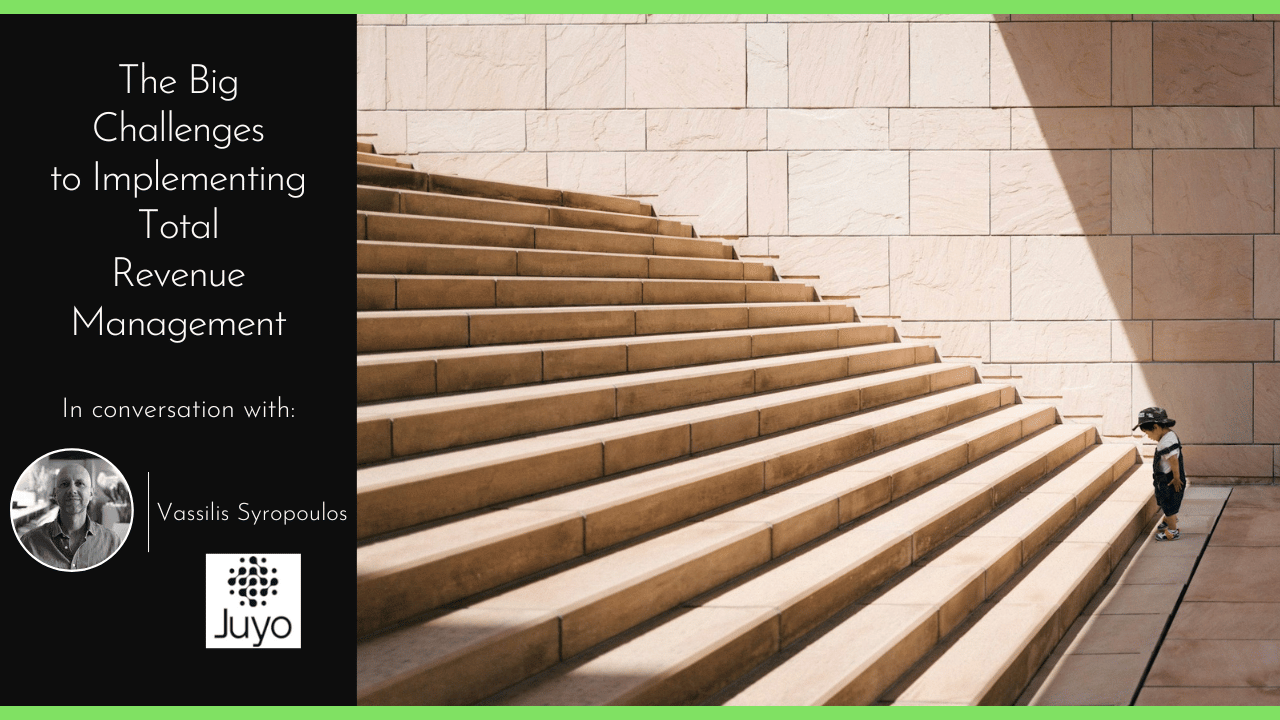
The primary goal of hotel revenue management is to sell the right room to the right guest at the right time.
NB: This is an article from Cvent
Hotel revenue managers are responsible for identifying and setting room rates that are both profitable to the hotel and appealing to guests. They use a variety of hotel pricing strategies to target customers, drive demand, and boost hotel performance. Depending on a hotel’s unique needs, goals, or changes in market conditions, revenue managers may employ multiple pricing strategies at the same time.
Subscribe to our weekly newsletter and stay up to date
We explore various hotel pricing strategies and how they work. We discuss when hotel revenue managers choose to implement specific pricing strategies and why, as well as the role rate management plays in hotel performance. From rate level distribution and occupancy-based pricing to discount codes and upselling techniques, we look at pricing strategies to fit every property and market.
Explore 14 game-changing hotel pricing strategies
1. Demand-based pricing
Setting room rates based on travel demand is known as demand-based pricing. Demand-based hotel pricing strategies rely on historical data to review past occupancy, revenue, room rates, average guest spend, and other valuable metrics. Combining prior demand data and future forecasting reports, hotel revenue managers track previous trends, anticipate future booking patterns, and set hotel room rates accordingly.
What events, booking patterns, or spikes in demand can you expect to repeat? Does travel in your market pick up around the holidays, or does it slow down? Are their major colleges or universities nearby? Do move-in dates, sporting events, summer break, or visitor weekends impact travel demand in your area?
Partner past performance reports with future forecasting data to identify occupancy trends at your property. Use this information to identify your property’s peak, off, and shoulder seasons.
- Peak season: Highest demand
- Off-season: Lowest demand
- Shoulder seasons: Medium demand
Identify potential sellouts, high-demand dates, and opportunities to increase room rate without displacing demand. Institute LOS restrictions over special events to maximise occupancy and ADR. Establish room night and rate caps for groups, negotiated rates, and other discounts during hotel peak and shoulder seasons.
2. Rate parity pricing
Rate parity is a hotel pricing strategy that involves keeping hotel room rates consistent across all platforms and distribution channels. Hotel room rates appear the same on the hotel’s website, OTAs, and other booking platforms. The transparency of a rate parity strategy can help businesses build credibility with their audience. When customers see the same hotel rates advertised across the board, they may view your property as more dependable or trustworthy.
While rate parity can solidify a hotel’s reputation with customers, poor parity management can be harmful in the long run. As third-party booking sites charge fees and commissions, hotels that engage in rate parity lose revenue to third-party sites when guests book through OTAs instead of the hotel directly. Because many popular OTAs require partner hotels to participate in a rate parity strategy, participating hotels should develop strong direct booking strategies to offset potential losses.
3. Occupancy-based pricing
Occupancy-based pricing is a dynamic hotel pricing strategy that revolves around changing occupancy levels. Hotels that use occupancy-based pricing strategies tend to raise room rates as occupancy levels rise. Revenue managers can optimize room rates manually or automatically using integrated hotel rate management software.
Integrated revenue management systems are able to catch real-time occupancy changes and adjust room rates accordingly based on rules and regulations set by the revenue management team. Hotels with integrated PMS and RMS systems may see rates optimize multiple times leading up to an arrival date. Same-day rate optimizations are also common, especially if the property is close to a sellout.
4. Optimised rate level utilisation
Hotels with integrated PMS and RMS systems can design a structure of tiered room rates and automatically optimize hotel rack rates with the help of real-time occupancy and demand data. By automating rate level optimization, revenue managers are able to sell the right rooms at the right price without manually optimizing room rates through tedious, error-prone processes.
Revenue managers set a rate structure in the RMS. This structure provides the automated system with a range of rates it is able to sell in the future. Each level in the structure indicates a different room rate, with the lowest rate level (typically 0) indicating the highest room rate the system can sell. For example, a hotel utilising four rate levels may have a rate structure that looks something like this:
- LV0: £159
- LV1: £149
- LV2: £139
- LV 3: £129
In this example, the RMS is free to move between levels 1-4 (unless the hotel has restricted rate levels), offering rates between £129-£159 based on market demand, occupancy, and availability. Integrated revenue management systems track real-time booking updates and occupancy changes across all hotel distribution channels and adjust rate levels as needed to capture more revenue without sacrificing occupancy.
Establish multiple rate levels for each room type at your hotel, and design unique rate structures for various travel seasons. Peak season rates should be significantly higher than off-season rates, with shoulder season pricing falling somewhere in between. Design a rate structure that drives growth but keeps your hotel’s room rates in line with the market average. Track rate changes across the comp set and restrict levels as needed to remain competitive.




